A "biohybrid" robotic hand developed by Japanese researchers - Photo: JIJI
Previously, artificial muscles could only contract weakly and vibrate slightly, but the artificial muscle the team developed this time can contract strongly with electrical stimulation and generate twice as much force as before.
It is expected that this artificial muscle could be used as a power source for robots, or to test the effectiveness of drugs to treat muscle-related diseases.
The research results were published in the international scientific journal Science Advances.
This type of artificial muscle is made by culturing muscle cells derived from humans. To create strong force, the research team from the University of Tokyo improved the culture conditions so that the muscle cells grow in the same direction.
By arranging the muscle cells at a high density, they succeeded in creating a "strong contraction" phenomenon - something that has been difficult to achieve in previous circular muscle tissues - allowing the artificial muscle to contract and generate large forces.
The loop-shaped artificial muscle can be hooked onto parts like a fish hook, and used as a source of force to contract and stretch with electrical stimulation. The team built a simple robotic arm using this artificial muscle, and successfully used electrical stimulation to pick up a piece of lightweight plastic underwater. They say that using multiple artificial muscles at the same time could generate even more force.
In the future, the research team plans to develop artificial muscles that can generate more force. "Training" by applying force to cultured muscle cells is also an option, but compared to humans training to increase muscle mass, the growth rate is still slower. Therefore, the team will continue to search for optimal culture conditions and stimulation methods, aiming to develop artificial muscles with about 10 times more force than today.
Robots using such biological parts are called "biohybrid robots", which have the advantages of self-healing ability and high sensitivity, so they are expected to have many industrial applications.
Back to topic
VNA
Source: https://tuoitre.vn/nhat-ban-phat-trien-co-nhan-tao-cho-robot-20250725125751893.htm


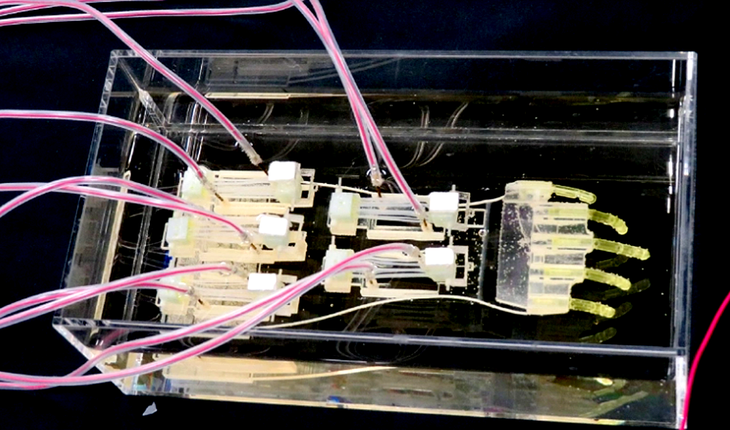


![[Photo] Prime Minister Pham Minh Chinh receives Lao Minister of Labor and Welfare Phosay Sayasone](https://vphoto.vietnam.vn/thumb/1200x675/vietnam/resource/IMAGE/2025/11/11/1762872028311_dsc-2246-jpg.webp)



















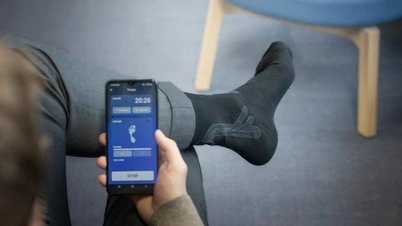
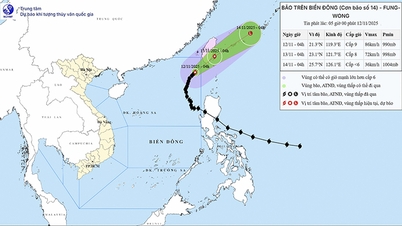




















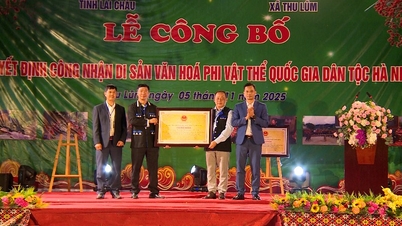


































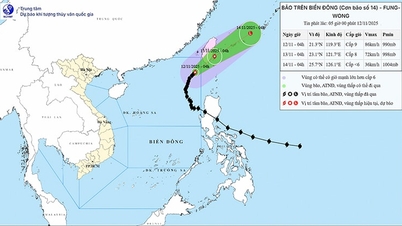





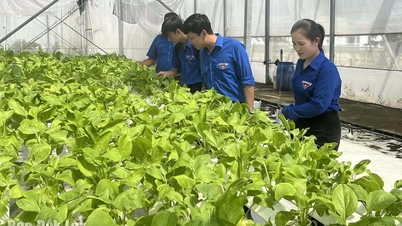
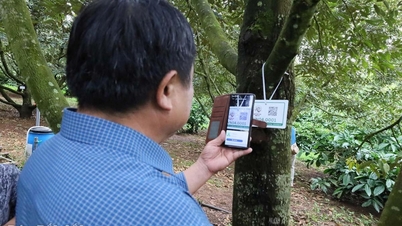



![Dong Nai OCOP transition: [Article 3] Linking tourism with OCOP product consumption](https://vphoto.vietnam.vn/thumb/402x226/vietnam/resource/IMAGE/2025/11/10/1762739199309_1324-2740-7_n-162543_981.jpeg)








Comment (0)